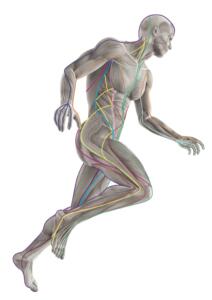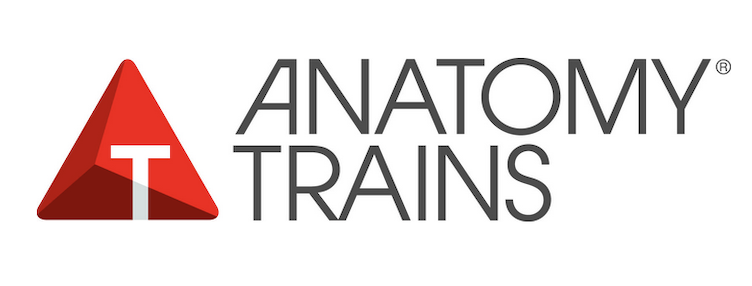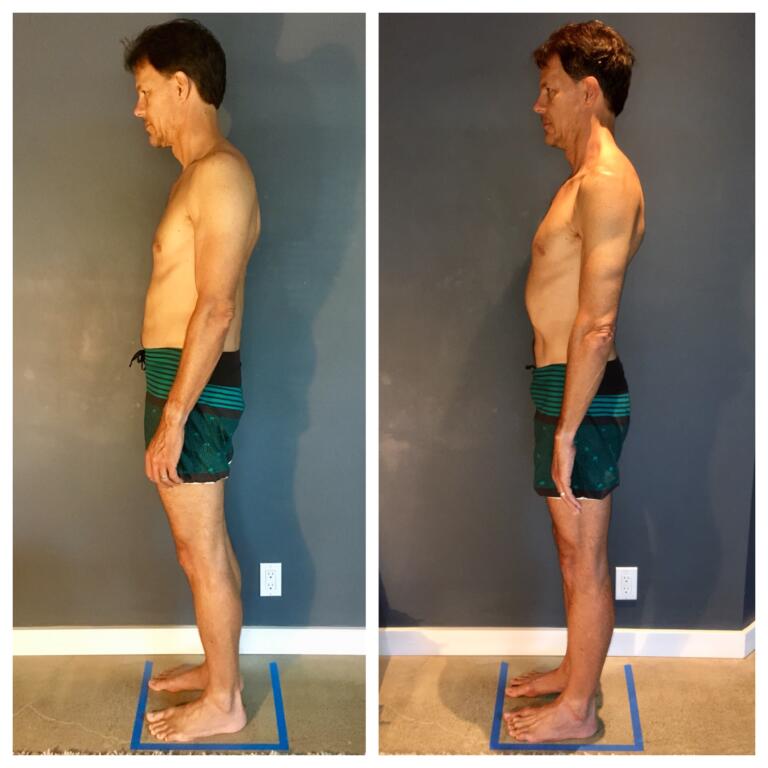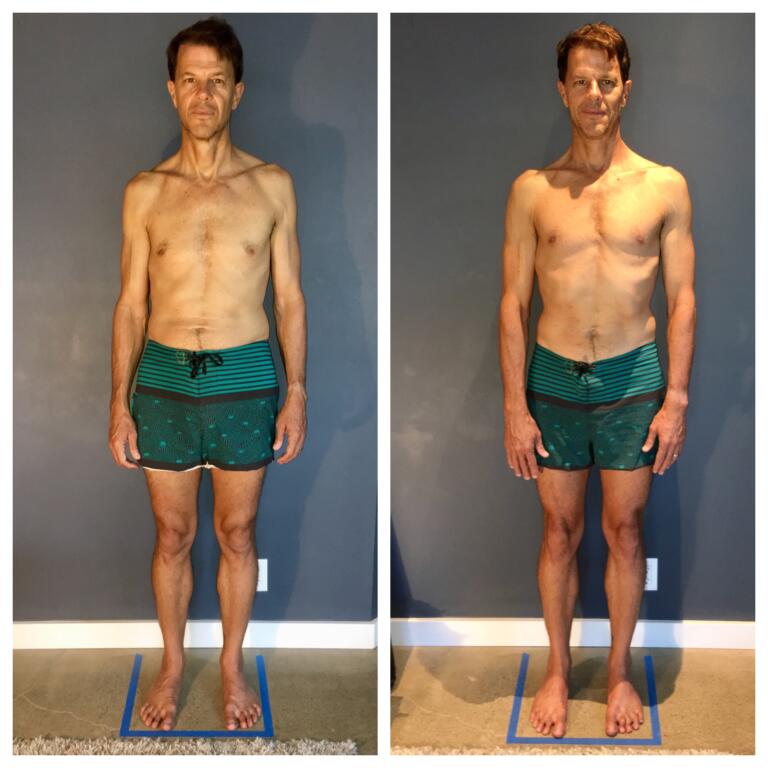Anatomy Trains Structural Integration (ATSI)




Over time, our bodies accumulate tension from injury, surgery, repetitive movements, or deep-seated emotions. This tension effects our overall function and alters our posture, movement, and overall structure by shaping the connective tissue (fascia).
Developed by Thomas Myers and based on Dr. Ida Rolf’s pioneering work, ATSI is a modern fascia focused style of structural Integration, somatic movement and postural awareness, done in a series of 12 progressive sessions.
It helps the body adopt more efficient movement patterns by realigning fascia for better balance, flexibility, and ease of motion.
The Role Of Fascia
Fascia is a web-like connective tissue network that supports and stabilizes muscles, bones, and organs. Stress, injury, trauma, or habitual movement patterns can cause fascia to stiffen and adhere to surrounding structures, limiting mobility and creating imbalances.
The Anatomy Trains Structural Integration approach is to free the binding and shortening in these connective tissues and to re-educate the body in efficient and energy-sustaining patterns.
Benefits Of ATSI
- Improves posture and movement efficiency
- Releases fascial adhesions and restrictions
- Reduces chronic pain and discomfort
- Enhances joint mobility and flexibility
- Increases body awareness and adaptability
The ATSI 12-Series: Mapping And Reshaping
ATSI consists of 12 progressive sessions designed to realign the body in gravity. The sessions systematically address different fascial layers:
- First 4 Sessions: Focus on the body’s outer layers, freeing the front, back, sides, and shoulders.
- Middle 4 Sessions: Work deeper core muscles, addressing rotations and imbalances.
- Final 4 Sessions: Integrate core and surface layers for lasting postural improvements and movement ease.
Expect In A Session


- Evaluation: Initial assessment includes posture analysis and goal setting.
- Hands-on Work: Sessions involve slow, deep fascial manipulation and guided movement, performed with minimal clothing for better tissue access.
- Active Participation: Unlike massage, ATSI is interactive. Clients stand, walk, and move during sessions to reinforce new movement patterns.
- Comfort & Safety: Sessions are deep but should never be too painful. Communication with the practitioner ensures an optimal experience.
- Duration & Frequency: Sessions last 60–90 minutes, ideally spaced one or two weeks apart for best results.
Preparing For Your ATSI Session
- Wear minimal-strapped clothing to allow clear access to your spine and fascia.
- Avoid lotions before sessions for better tissue traction.
- Be ready to move—sessions involve standing, walking, and positional changes.
ATSI is a transformative process that helps reshape movement patterns and postural habits, fostering lasting change and improved well-being.
